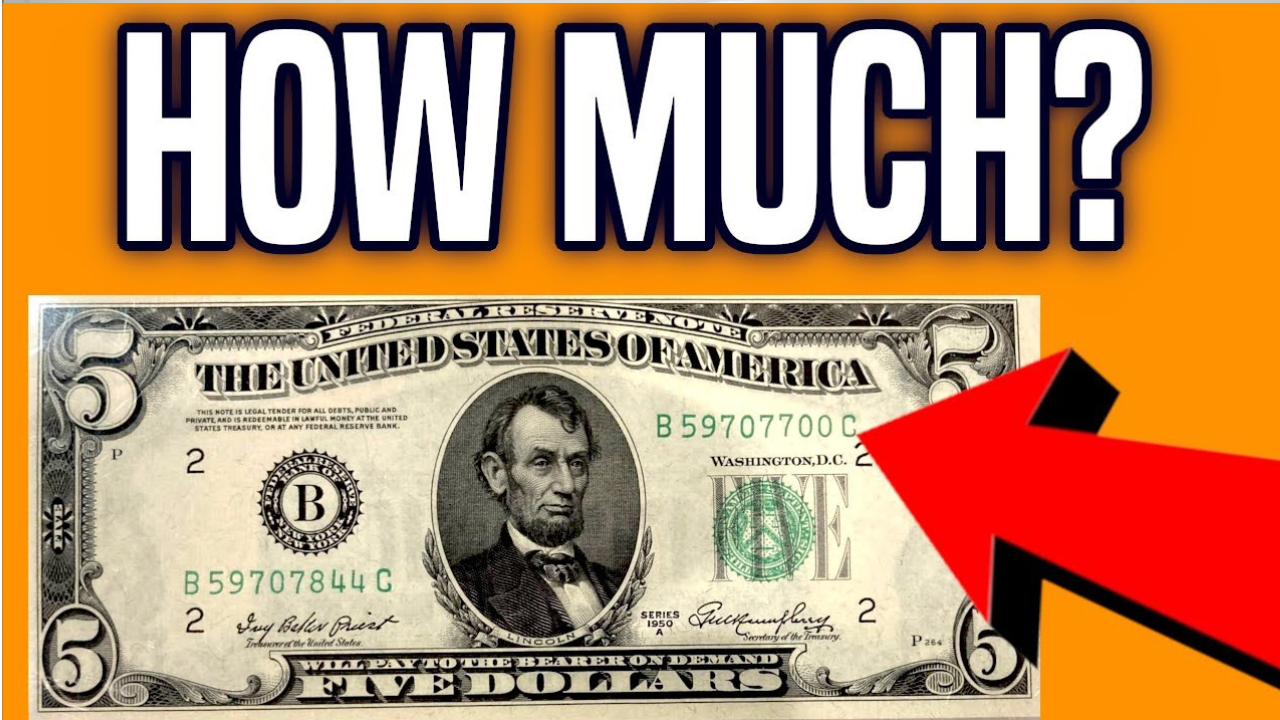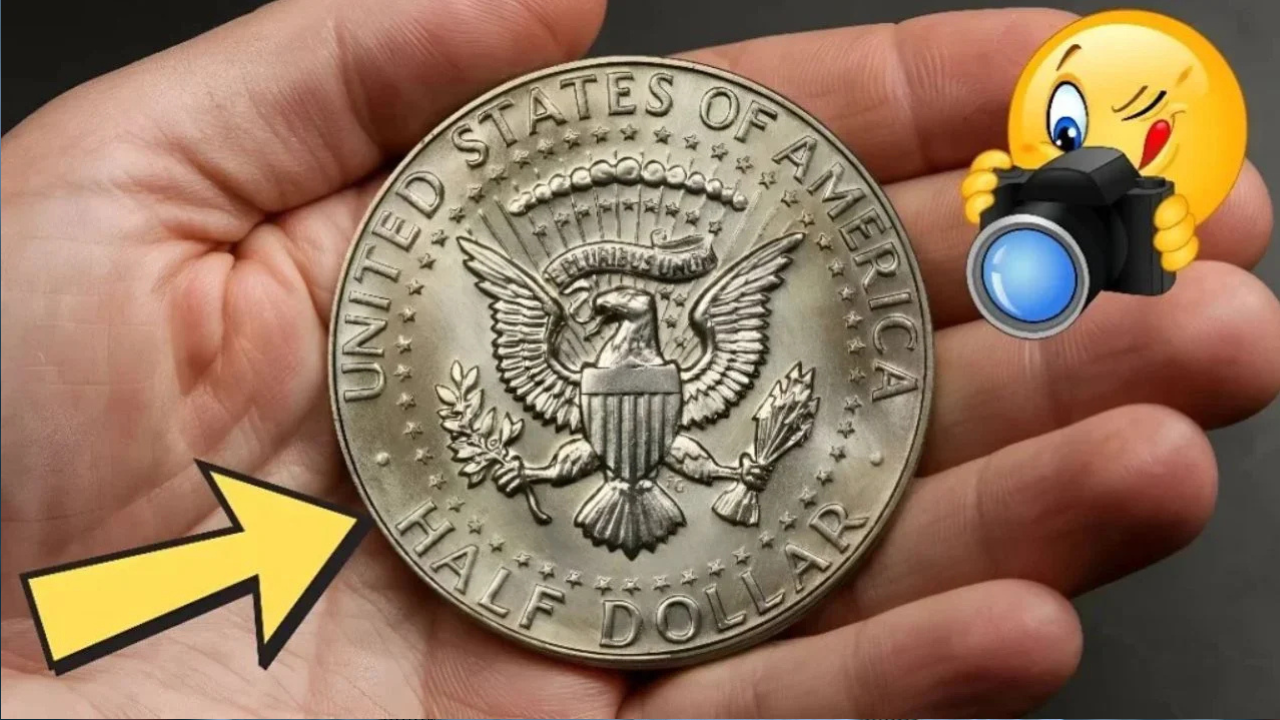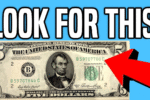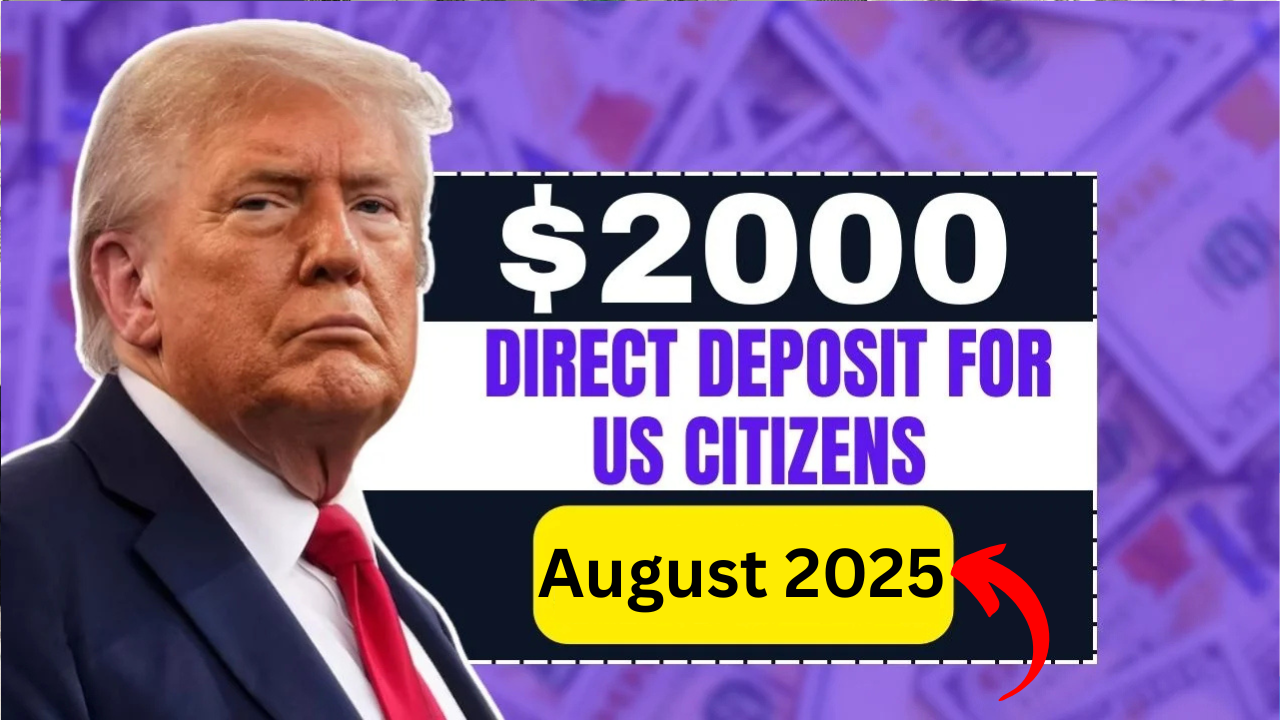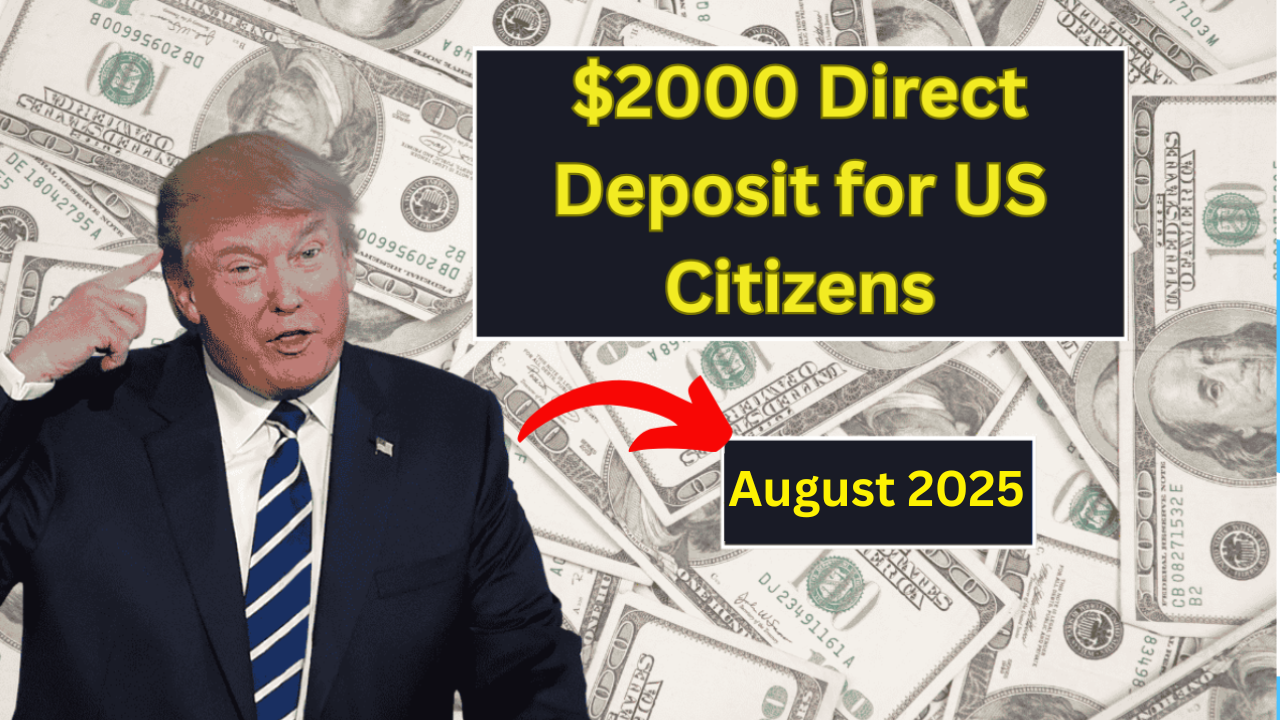Check the Money in Your Pocket:Sometimes, the most unexpected treasures are in plain sight—even in your wallet. Collectors are always on the lookout for rare currency mistakes, and one of the most famous is a 1995 $5 bill stamped upside down. This small printing mistake can make an ordinary banknote worth far more than its face value. Knowing how to identify it can make a huge difference between spending the note and securing a valuable collectible.
Why the 1995 $5 Bill Is Special
The 1995 $5 bill is special because of its unique printing: the U.S. Treasury seal is printed upside down. Typically, this green seal appears upright to the right of Abraham Lincoln’s portrait. In rare cases, it is completely reversed due to a printing error. Because printing errors are relatively rare in U.S. currency, these notes have attracted the attention of collectors. Their value depends on the note’s condition, the rarity of the error, and demand among collectors.
Understanding Currency Printing Errors
U.S. currency is printed in several stages. First the back of the note is printed, then the front, and finally the stamps and serial numbers are added. If the sheet of paper is accidentally rotated or misaligned before the stamp is applied, unusual variations such as an upside-down stamp can occur. This is not the same as damage that occurs after circulation—it is an error made at a factory, which makes it valuable to collectors.
Key features to look out for
When checking a 1995 $5 note, first check the right side of the note where the green Treasury seal is visible. On a misprinted note, the seal will be completely upside down. The rest of the note should look normal, with no reverse writing or designs on it. Genuine errors usually affect only one part of the note, while counterfeit or tampered notes may show multiple irregularities.
Table: Comparing a Normal vs. Upside-Down Seal $5 Bill (1995)
| Feature | Normal 1995 $5 Bill | Upside-Down Seal Error Bill |
|---|---|---|
| Treasury Seal Position | Upright | Completely inverted |
| Abraham Lincoln Portrait | Upright | Upright |
| Serial Number Orientation | Correct | Correct |
| Back Design | Correct | Correct |
| Collector Value Range | $5 face value | $100 – $500+ depending on condition |
Determining Authenticity
Before assuming your note is rare, it’s important to make sure it’s real. Authentic 1995 U.S. currency will have distinctive paper texture, built-in security fibers, and accurate printing quality. If the seal appears upside-down, but other elements look suspicious — such as poor ink quality, unusual paper, or blurry details — it may be a counterfeit or altered note. Reputable coin and currency dealers can confirm authenticity using magnification devices and ultraviolet light tests.
How much is it worth?
The value of a 1995 $5 note with the stamp upside down can vary considerably. Notes in circulation can fetch $100 to $200, while new, uncirculated notes can sell for $500 or more. Factors such as rarity, collector demand and the note’s condition affect market value. The fewer creases, stains or folds, the higher the potential value.
Where to Sell or Keep It
If you find one of these rare notes, you have two main options – sell it or make it part of your private collection. Online auction platforms, currency shows and coin shops are common places to sell it. Some collectors prefer to keep rare items for years, as the value of some notes can increase over time. Storing the note in a protective currency wrapper can help preserve its condition.
Why Collectors Love Printing Errors
Printing errors represent a unique part of history. They are a solid reminder that even highly controlled processes can produce surprises. Collectors value these anomalies because they contain a touch of rarity, curiosity and mystery. The upside-down stamp on the five-dollar note isn’t just an oddity – it’s a topic of conversation and a piece of numismatic art.
Final Thoughts
You never know when you might have a rare treasure hidden in your pocket. That $5 bill from 1995 with a stamp upside down is proof that even everyday money can hold extraordinary value. By learning to recognize this printing error and verify its authenticity, you can turn a simple trip to the store into the memorable find of a lifetime.
Frequently Asked Questions
Q.1 What makes a 1995 $5 bill with a reverse stamp valuable?
Its rarity and the fact that it occurred during the official printing make it valuable to collectors.
Q.2 How can I tell if my note is real?
Check for standard U.S. currency features such as security fibers, correct paper texture and clear printing. If unsure, have an expert verify it.
Q.3 If I find it, where should I sell it?
Specialty coin and currency dealers, online auctions and collector shows are popular selling options.
